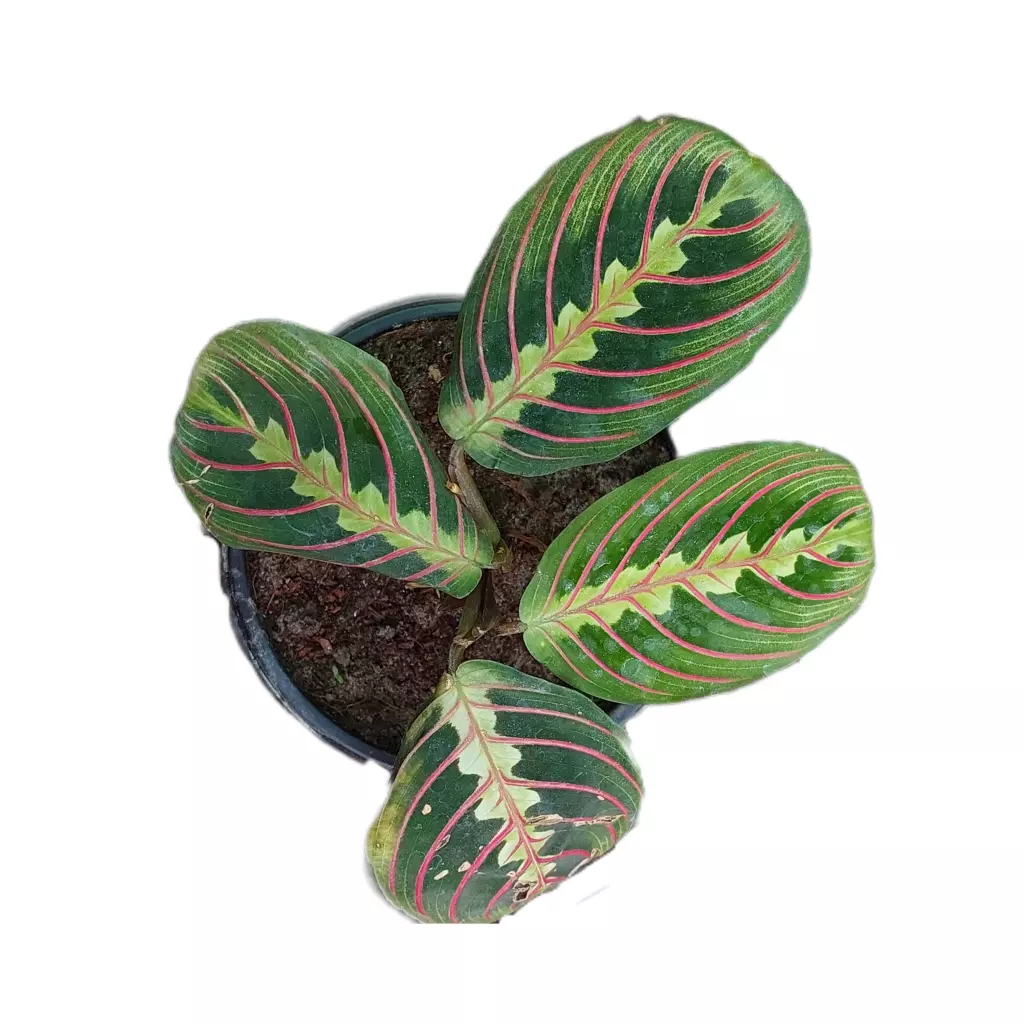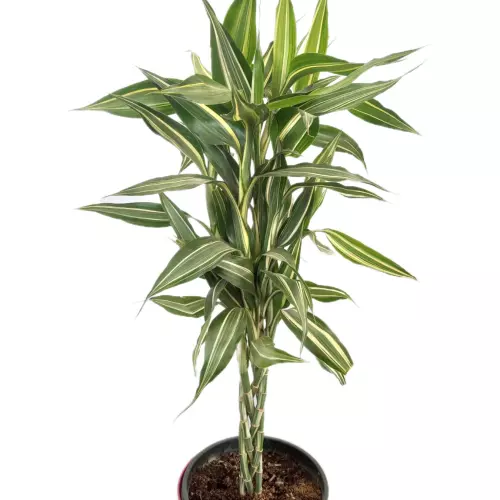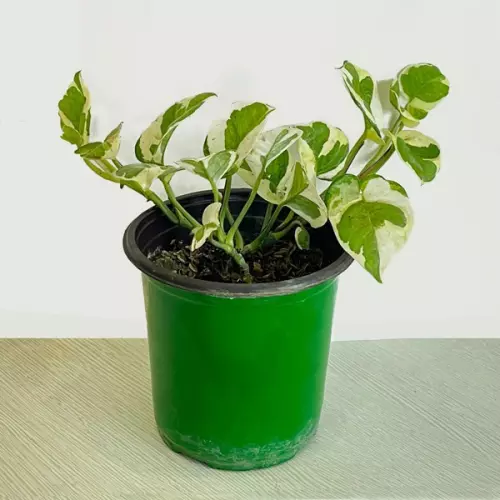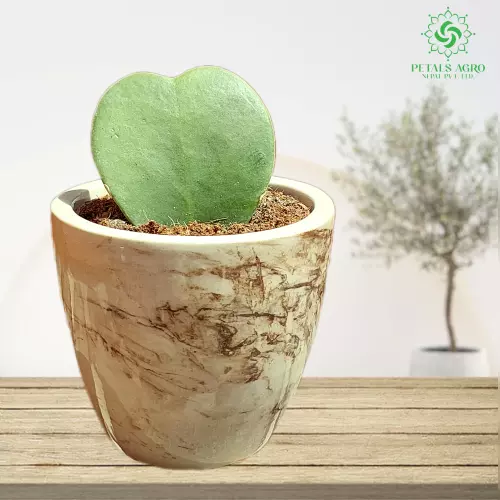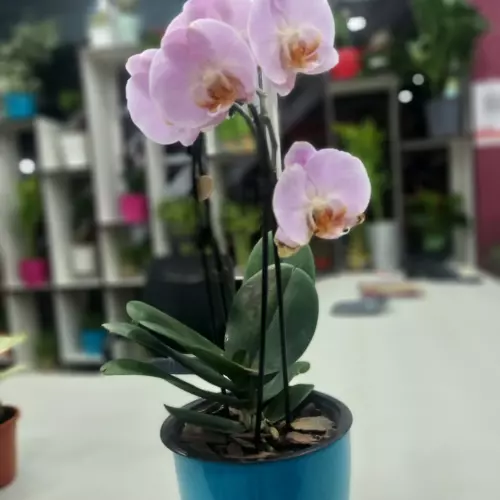Calathea Red Veined Prayer Plant
Indoor tropical plants add an exotic and lush feel to the home. Red-veined prayer plants (Maranta leuconeura “Erythroneura”) also have another neat attribute, moving leaves! Caring for a red prayer plant requires very specific atmospheric and cultural conditions for optimal health. The Maranta red prayer plant is a fussy little specimen that will not shrink from letting you know its every need. The beautiful foliage is broadly oval and features 5-inch (12.5 cm.) long olive-green leaves with prominent red midribs and veining in a herringbone design. The center of the leaf is a lighter green and the undersides are even lighter still.
As low as
Rs. 640.00
IN STOCK
SKU#: PAN47

